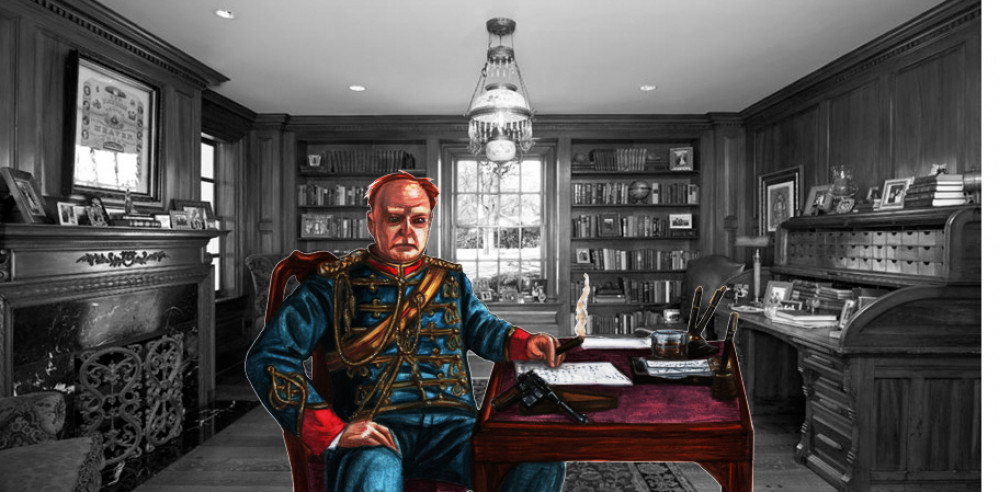
PanzerKaput's Illustrations
The Socialists and the Left Wing, Part One
Today’s all things 1938 A Very British Civil War is the first part of a three parter. Mainly because this covers a wide ranging faction, The Socialists and The Left Wing. The majority of this was originally written by Paul Cunningham. So lets go.
The Left Wing and the People’s Armies
Mosley’s elevation to PM came as a great shock to the left in Britain. The Battle of Cable Street in October 1936 had proved that when the left mobilised in force, Mosley’s Blackshirts could be stopped. But having the Blackshirts in government, with the resources of the British Empire at its disposal was an entirely different matter.
Workers Defence Corps
Growing out of the need to protect their marches and meetings from attack by gangs of Blackshirts, the Trade Union and Labour movement began to organize Defence Corps of workers. As the attacks worsened, weapons began to be used by both sides; fists gave way to clubs and knifes and the first serious casualties began to be sustained. After martial law was imposed in May 1938, shots were fired and armed British Union of Fascists militia began to attack Labour Clubs, Union offices and even Co-op stores. These were sacked and looted by black shirted mobs, who urged shoppers to boycott “Red-run shops”.
The Workers Defence Corps were frequently organised by local Trades Councils, the local branch of the Trade Union Council. Lacking any uniforms other than a ubiquitous red brassard, tie or kerchief, these groups used whatever arms they could beg, borrow or steal. Their appearance closely followed that of working class men of the period; cloth caps or, for the skilled and office workers, trilby; trench coats, sports jackets or suits. In many cases, ties and collars, white mufflers or the local football team’s scarves were worn. Men’s clothes of the thirties used very few colours; brown, black, grey or navy blue, all in dark shades. Corduroy trousers in earth tones, with the occasional coloured woollen sweater, with or without sleeves, were sometimes seen. The use of military kit from WW1, acquired as souvenirs, was not unknown, although anyone affecting too military an appearance would have their legs pulled remorselessly; the exception being “tin hats” which were a much prized possession.
Some Workers Defence Corps were organised by trade union, location or occupational group. Pits or factories often had their own section, while the bigger plants could be at company strength. The very largest, Fords at Dagenham and the LNER militia, could be near battalion strength. Reflecting the views of the age, women tended not to be admitted to these units, but formed first aid teams, although there were exceptions. Some forceful individuals were integrated into mixed Workers Defence Corps, while some groups of female workers, mill girls in the cotton industry for example, formed their own defence corps. Although some Workers Defence Corps in the East End of London were composed overwhelmingly of Jewish members, the decision was made by the Trade Unions not to “divide the resistance” on ethnic or religious grounds.
Politically, the Workers Defence Corps wanted a return to an elected Parliament, the prosecution of Mosley and his supporters for crimes against the people and a raft of social welfare reforms. Not explicitly republican, the movement would be willing to fight alongside the pro-Duke of York faction, some Local Defence Volunteers and the Anglicans. Relations with the revolutionaries of the Independent Labour Party were strained, but cooperation was possible. Similarly with the Communists.
As well as using their Trade Union banners, some groups often continued to wear their distinctive work clothes. Thus firemen, postmen, railway workers and busmen could be seen armed and taking the field in their uniforms. Miners often sported their helmets and lamps, while Dockers carried their infamous hooks as side arms. Since the Workers Defence Corps frequently elected their own “captains”, often union officials, rank marks were not needed. Gun shops were stripped of their stock, shot guns requisitioned and SMLEs “acquired” from Territorial Army, Regular Army or in ports, sympathetic Royal Navy mutineers. The occasional Lewis gun was present, but heavy weapons were absent. In time, successful clashes with the British Union of Fascists militias would yield Nazi-supplied arms as prizes. Improvised and experimental arms were also developed, including armoured vehicles made from commercial lorries and a range of exotic anti-tank weapons. Many of the Workers Defence Corps members were ex-servicemen, with Great War experience and therefore no stranger to the arms they acquired; transport was readily available in the form of requisitioned lorries, buses and charabancs.
In areas where the labour movement was strong before 1936, the Workers Defence Corps were capable of denying the streets to the British Union of Fascists and the forces of the crown. In some areas, the trades council set up Workers Councils that effectively ran affairs; South Yorkshire, the Fife coal field, Battersea, Hull, and Sheffield, etc.
In terms of military effectiveness, the Workers Defence Corps were varied. While they raise large numbers some sections were poorly armed, trained and led. Others proved dogged in defence of their neighbourhood and many of the new Council estates and large factories proved to be “no go” areas for anything less than British Union of Fascists legions or regular infantry. But even the most effective were prepared to travel only a very limited distance. They were thus incapable of acting as a strategic force against the forces of King Edward VIII and Prime Minister Mosley, partly due to this reluctance and partly due to their lack of heavy weapons.
Independent Labour Party Militias or the “Worker’s Army”
The crisis drove the Independent Labour Party, which had disaffiliated from the mainstream Labour Party in 1932, sharply to the left. It adopted a policy of revolutionary socialism and saw the crisis as an opportunity to make the revolution. It wanted no compromises or cooperation with the “pro-capitalists” factions and urged the workers to take over the factories, docks and mills. From squads formed to fight the British Union of Fascists, armed groups of Independent Labour Party formed themselves into semi-autonomous militia units, sometimes ironically called the Worker’s Army by other factions; these groups invented stirring names for themselves, like “The Robert Kett Column”, “The Socialist Revolutionary Brigade” and so on.
Based in Independent Labour Party strongholds including Glasgow, West Yorkshire and Norwich, these groups attracted those fighters radicalised by the crisis; anarchists, militant trade unionists and disillusioned ex-communists, some embittered by their experiences in the Spanish Civil War. The events in Spain and the role of the Communists in suppressing the Independent Labour Party’s’ sister party, the POUM, inevitably created deep hostility between the ILP and the Communists; this spilled over into conflict on more than one occasion.
The Worker’s Army groups attracted brave but militarily inexperienced younger members, with a sprinkling of ex-servicemen and ex-Spanish fighters. They attempted to dress as soldiers, wearing a variety of khaki army surplus clothing, including black or khaki berets and fore-and-aft caps like their comrades in the CNT/FAI militia in Spain. Some French surplus uniforms were smuggled in and worn by these militias. Red kerchiefs, overalls, breeches and puttees were also marks of this faction; traditional military smartness was disdained as “petty bourgeois” by these fighters and a studied scruffiness was the norm.
However, in the attack, none were as fearless or indifferent to casualties as these groups. Always poorly armed, with a range of rifles and few heavy weapons, they were led by their elected officers, always addressed as Comrade-Lieutenant, etc, who could be dismissed by their troops if incompetence or cowardice was suspected. They were organised into sections of 8-14 fighters, with the conventional platoon, company, battalion structure of the British Army of the period, although lacking in heavy weapons and armoured support. These troops integrated women into their ranks, as nurses but also as fighting soldiers, to the derision of the British Union of Fascists and the Communists. The smallest of the three main left-wing groups, the Independent Labour Party /Anarchists were very well motivated and brave to the point of foolishness, but poorly armed and difficult allies to their potential friends.





























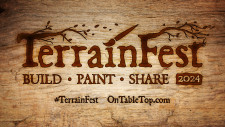

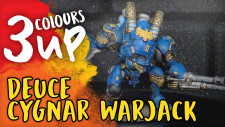

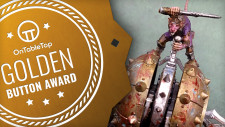








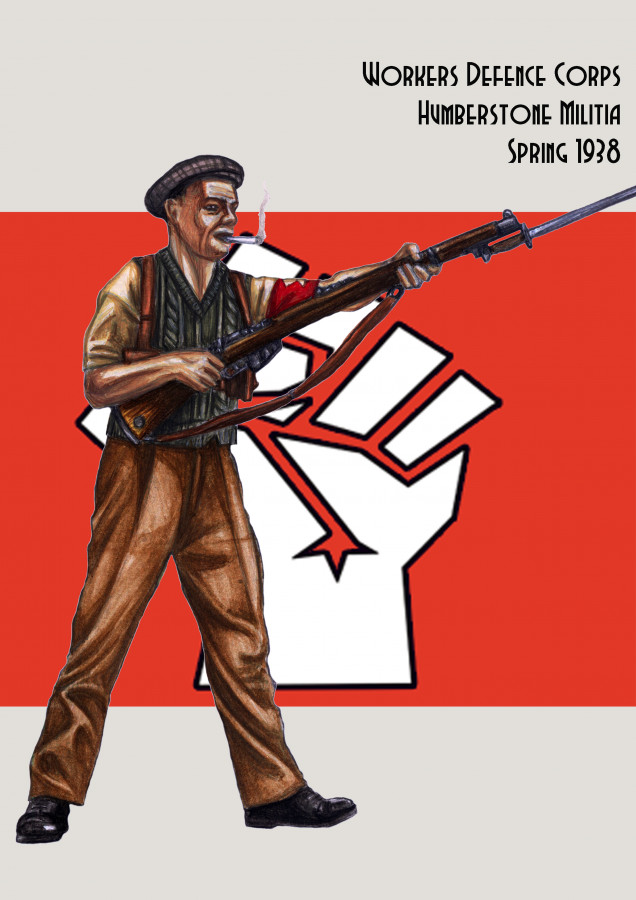

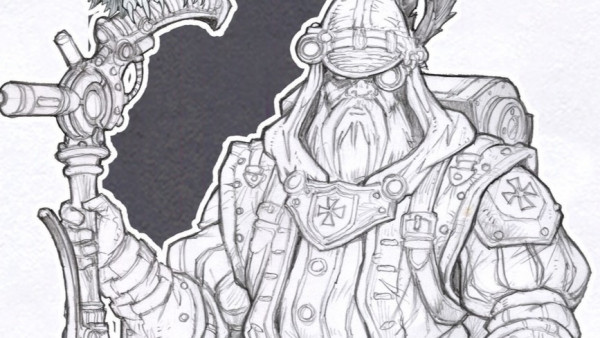
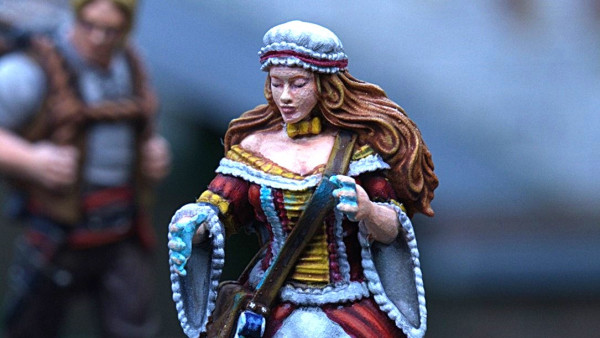
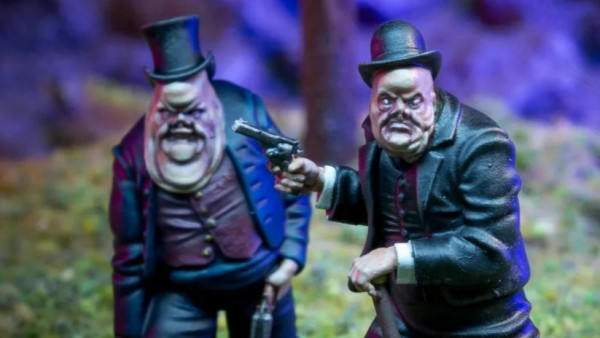

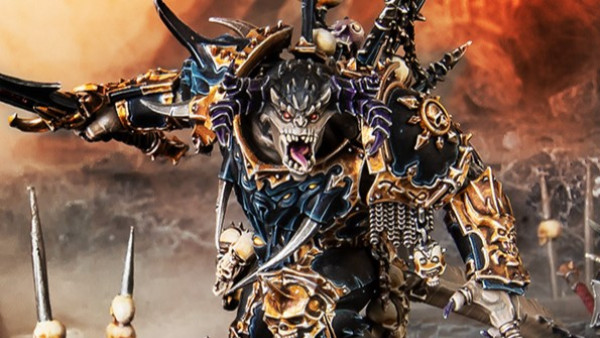
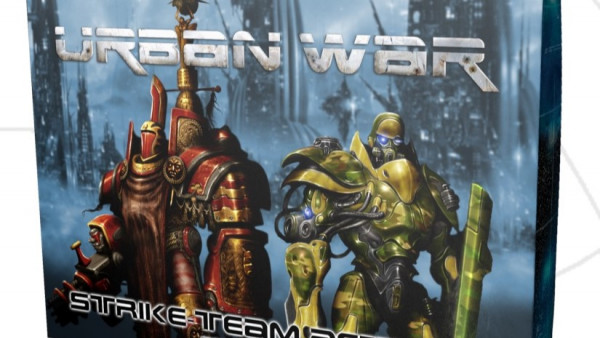
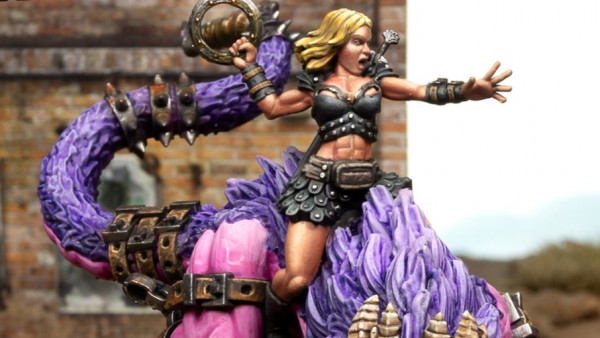
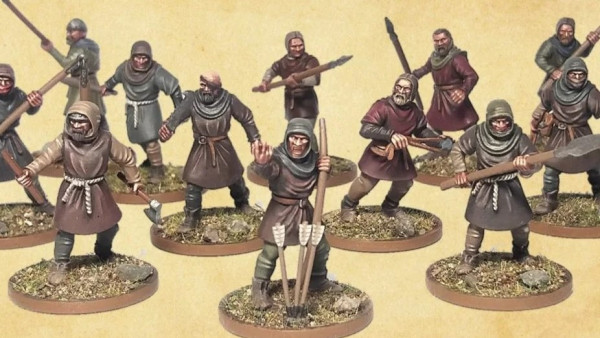


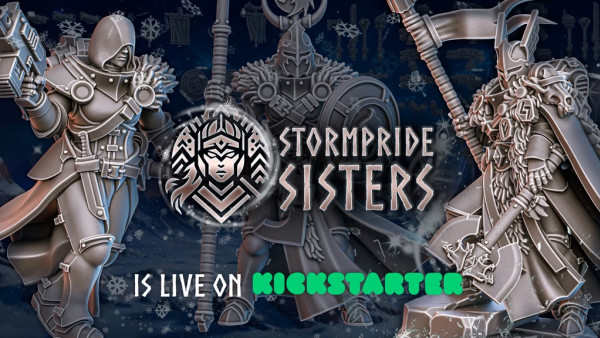

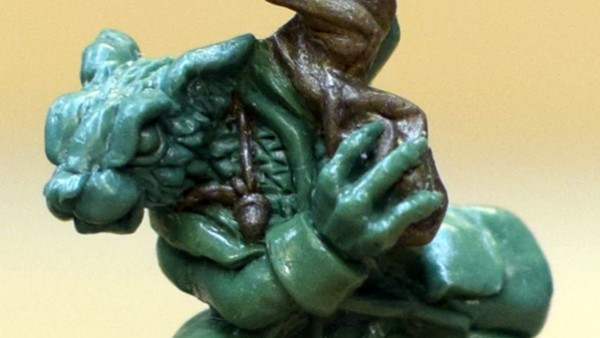

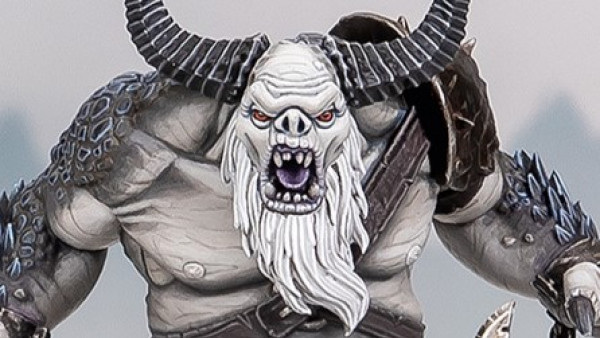
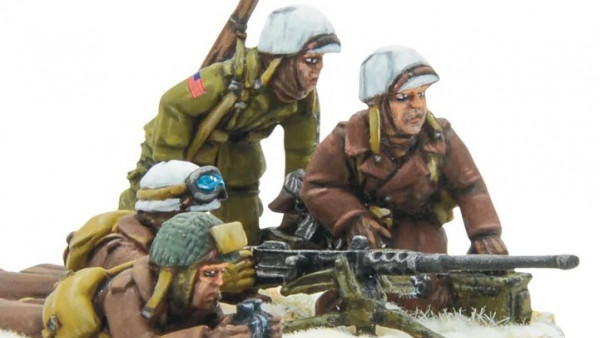
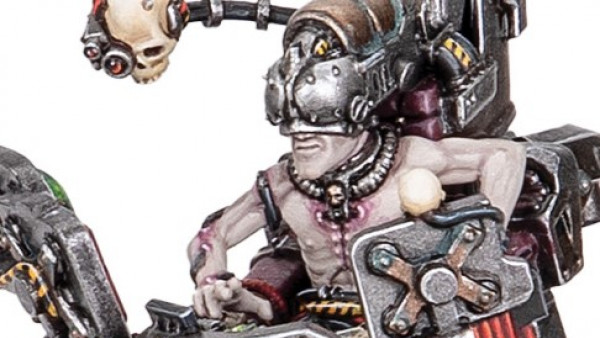
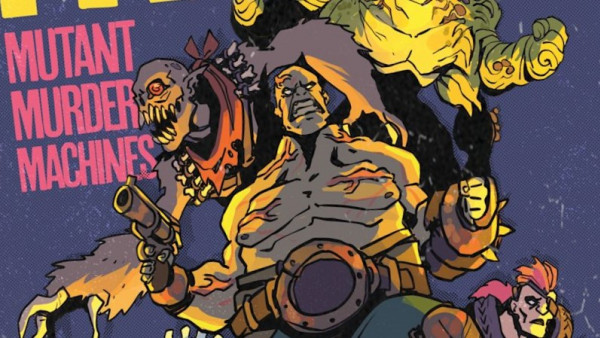

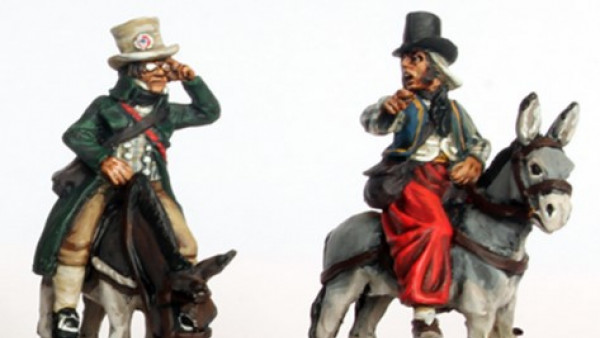
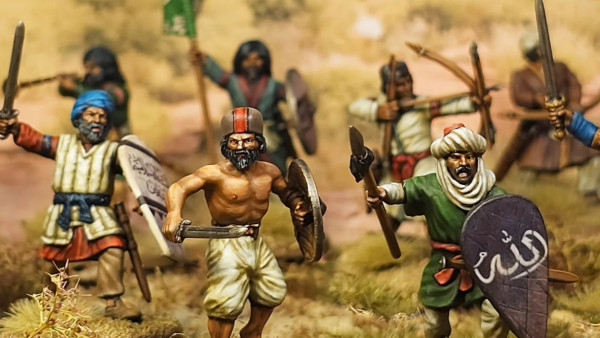
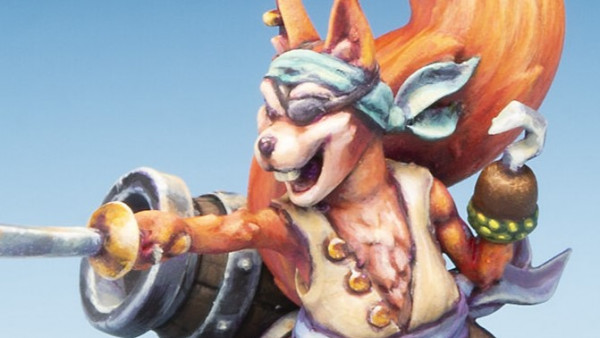
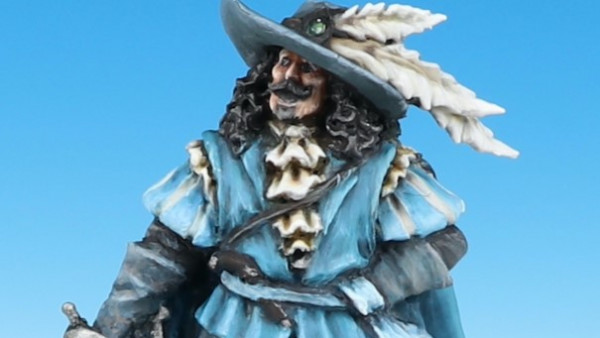
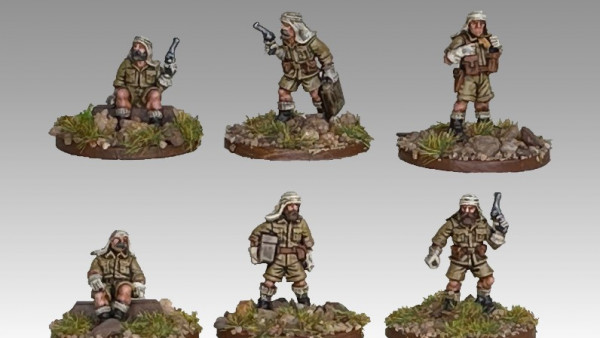
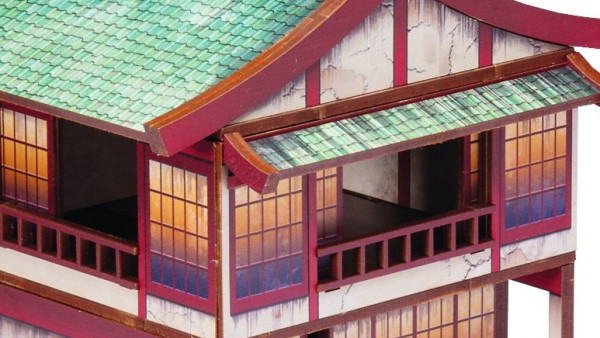


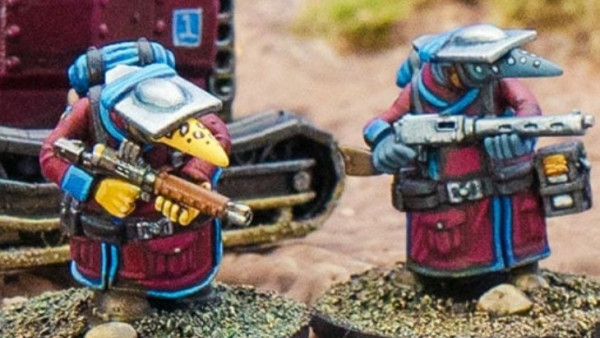
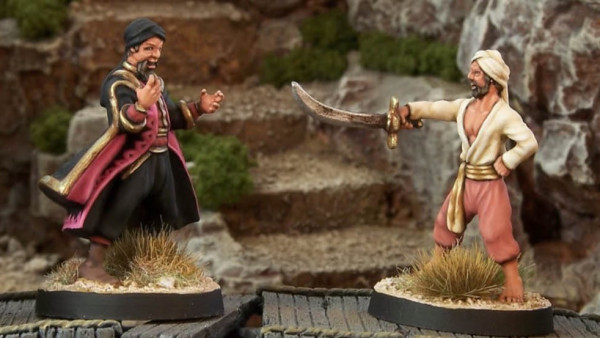



Leave a Reply